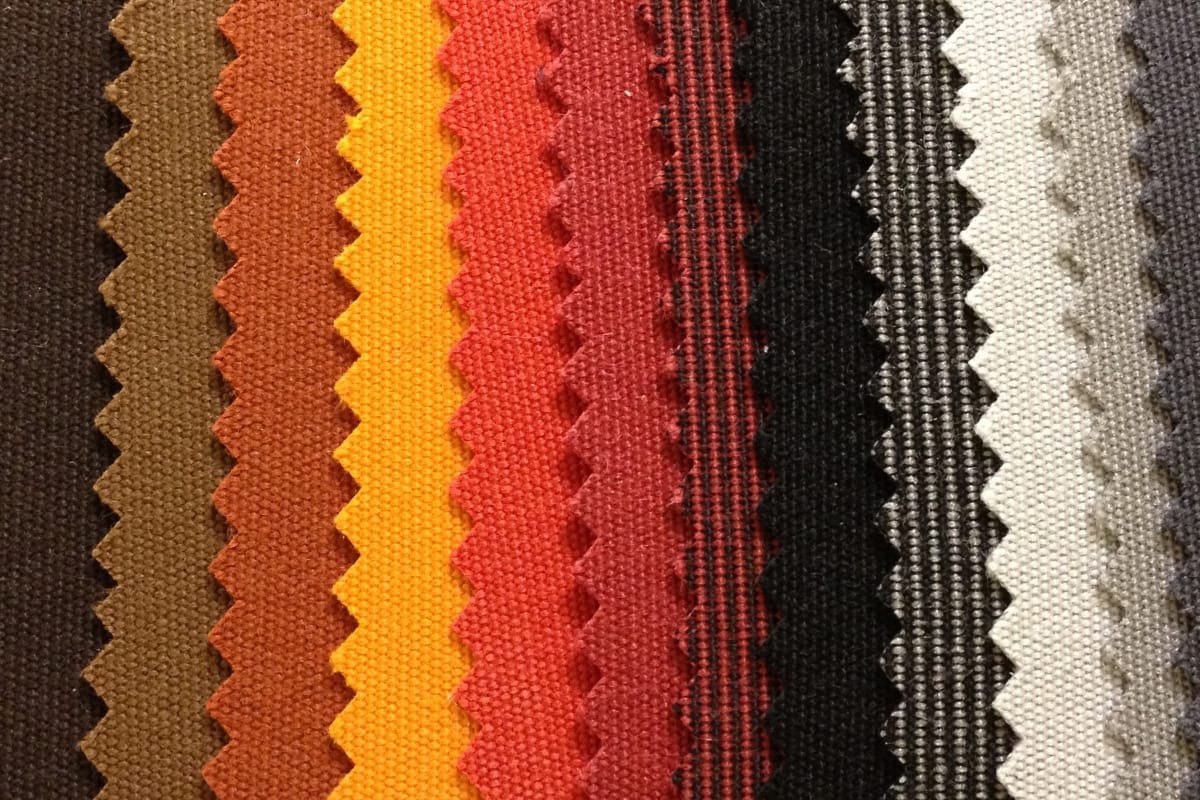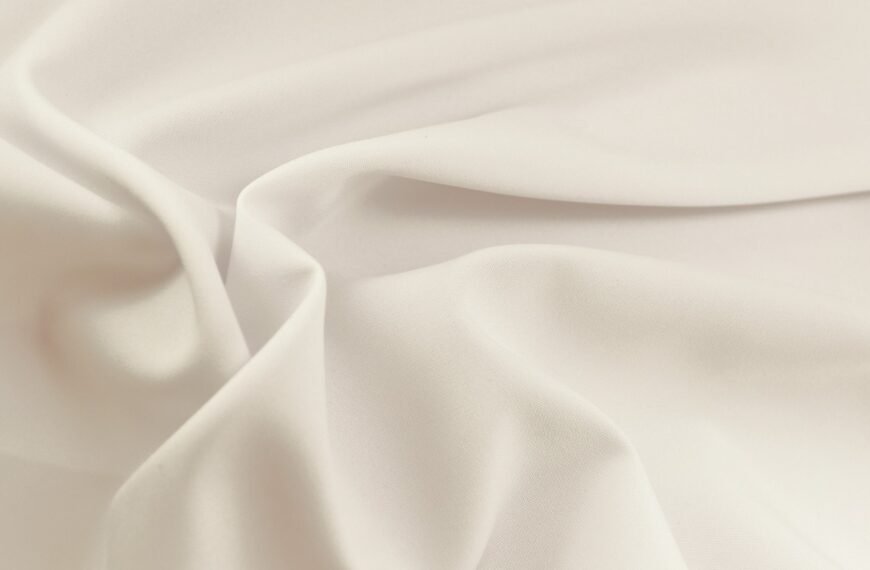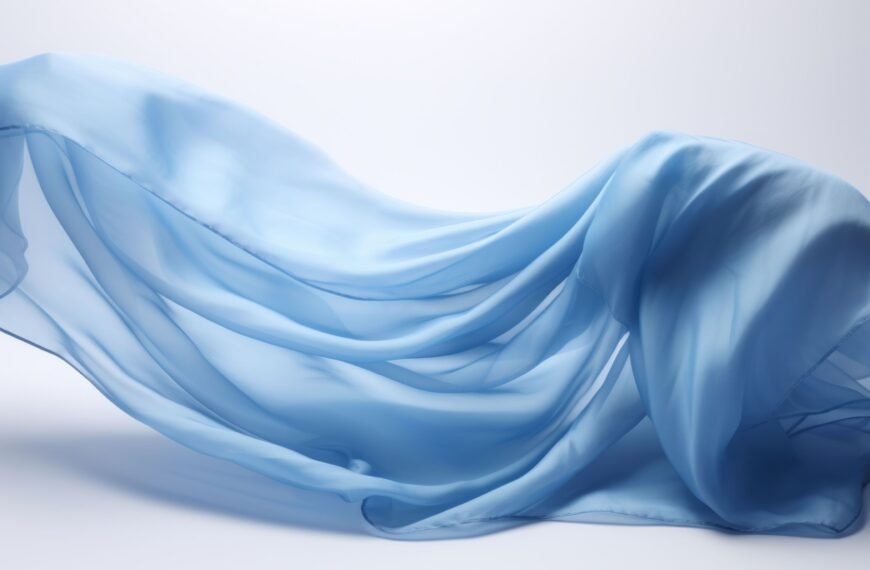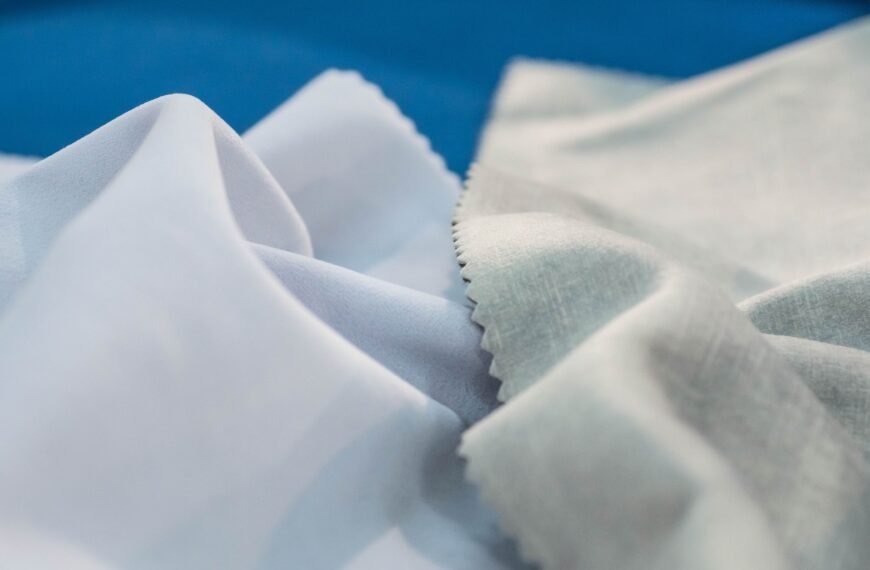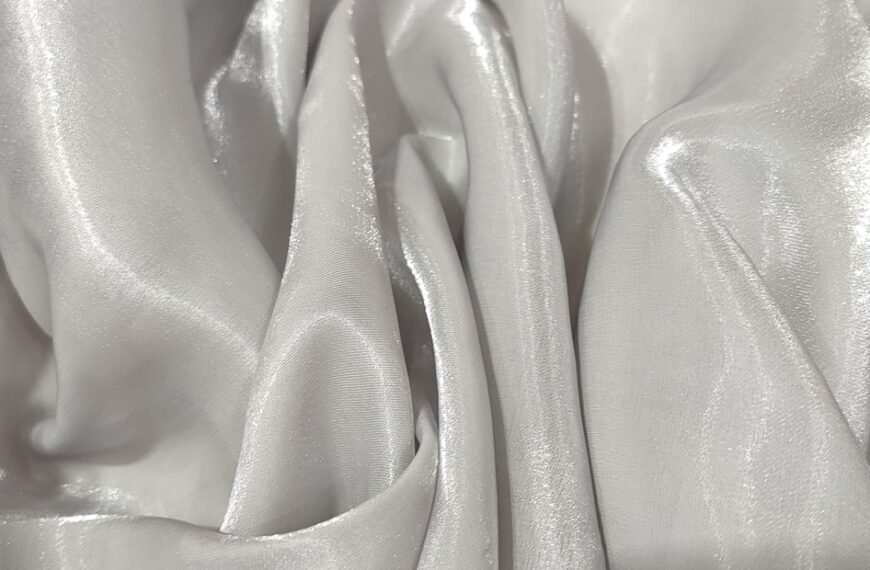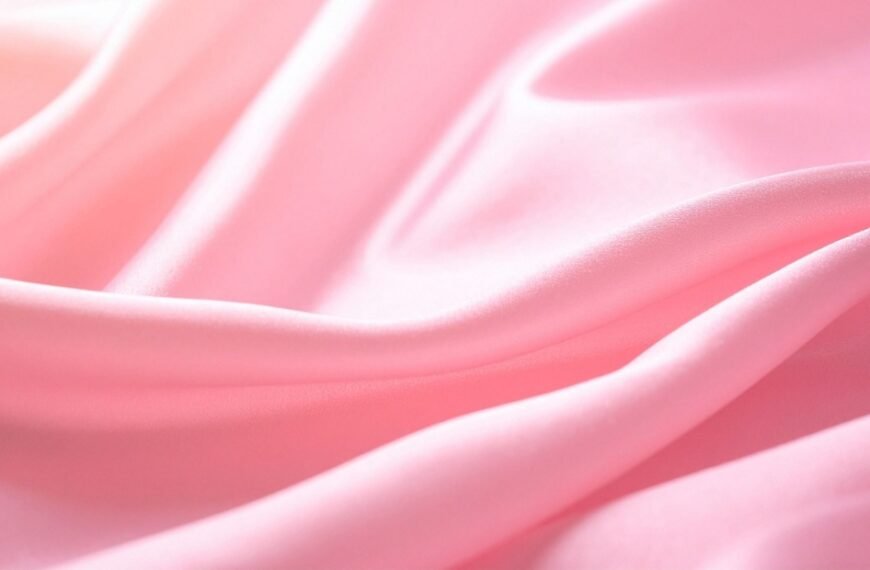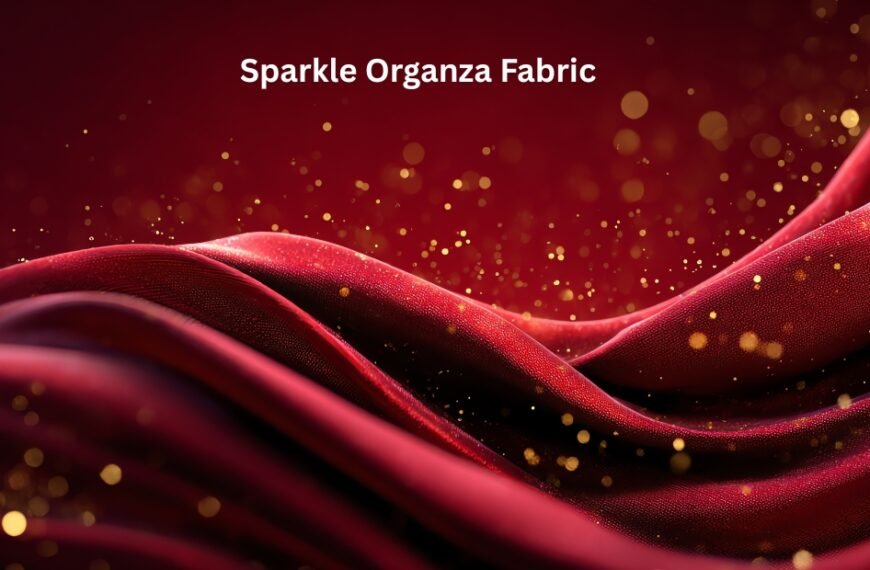Acrylic fabric is an industry sensational synthetic fabric because of its wide range of applications. It is prized by industries for it being durable, warm, and accommodating. It replicates the characteristics of wool, while also being lightweight, soft, and easy to maintain. But what is acrylic fabric, and why is it so widely used?
In this guide, we will delve into everything there is to know about acrylic fabric including production processes, applications, attributes, and even the pros and cons of the fabric. By the end, you will gain insight on why this fabric is common in clothing, industrial uniforms, and even home textiles.
The history of acrylic fabric
Acrylic fabric was first developed in the 1940s by du Pont a pioneer company in synthetic fibers development. It hit commercial markets in the 1950s, and within no time people started using it in large quantities for its soft touch and economic price compared to other fabrics.
Acrylic is a man made fiber and therefore unlike natural fibers it has its origins in petrol chemicals. The most important part that goes into the making of acrylonitrile is a polymer. The acrylonitrile is processed into fibers and then woven into fabrics using different spinning methods.
How Acrylic Fabric is Manufactured
Acrylic fabric is a unique synthetic textile that is soft, warm, and rather inexpensive. The forming of acrylic fabric comes in various steps, such as chemical synthesis and fiber spinning. Here is an elaborated version of how acrylic fabric is manufactured:
Polymerization
The polymerization of a chemical mixture marks the starting point of acrylic fabric. A key component of the process is acrylonitrile, which is a byproduct of petrochemical sources. The initial step of the polymerization process involves mixing acrylonitrile with other compounds in a controlled reaction that changes the liquid mixture to gel-like substance. The final outcome of the substance should be the creation of acrylic fibers. Because polymerization makes the properties of the resulting acrylic fabric, like its texture and strength, flexibility, it is of utmost importance.
Solution Spinning
The gel-like substance turns into fibrous structure after undergoing solution spinning. In solution spinning, the polymer solution is forced with pressure into a cylindrical device having small holes called spinneret. These holes shape the liquid into thin, long strands. These strands are then dried or put in water where they set and take shape. The spun fibers are collected and then set aside for further treatment.
Stretching and Washing
Following fiber formation, there is a washing stage where spinning chemicals or any unwanted material from the solution is removed. Thorough washing is critical because if any residues are left, it could hinder further processing of the fibers. After washing, the fibers are put through a stretching process to enhance their strength and improve flexibility. Stretching also improves the alignment of polymer molecules within the fibers hence increasing their strength and elasticity.
Weaving and Cutting
The final use determines if the finishing acrylic fibers will be cut into shorter staple lengths or left as continuous filament strands. The fibers are spun into yarns to weave or knit fabrics. The knitted or woven fabric is applicable in making garments, home furnishings, or even industrial textiles.
Characteristics of Acrylic Fabric
The acrylic fabric has earned fame for its features which are beneficial in numerous fields. Some notable characteristics of acrylic fabric include the following:
Warmth & Non-Irritating
Acrylic fabric is warmer and is less itchy which makes it suitable to wear. Because of this, many people have chosen using it as blankets while others have started wearing it as sweaters and scarves.
Insulating, Thin and Light
The fabric is known for being lightweight, however, it still has excellent insulating properties. The acrylic fiber material can efficiently trap body heat which makes it suitable to wear in winter, particularly with jackets. Furthermore, the fiber is perfect for layering as it provides warmth without adding weight.
Anti Moisture Soakage
The fabric is non-absorbent as such, acrylic materials struggle soaking moisture. As a result activewear and outdoor clothing made from acrylic dries extremely fast. Moreover, compared to natural fibers like cotton and wool, the acrylic fibers are less likely to soak moisture making them more resistant to mold as well as mildew.
Strength and Durability
Wear and tear do not seem to affect acrylic fibers, which is why they tend to be more durable. In addition, they are tough enough to endure regular use while keeping their shape. Acrylic materials have better long-term abilities because they are not as likely to lose their form post wash.
Resistance to Shrinking and Wrinkles
Acrylic fabric’s remarkable resistance to shrinking and wrinkling is one of the factors that make it appealing. It is low maintenance and easy to take care of because the fibers maintain their shape even after several washes.
Retentivity of Color
The plushness and color vibrancy of acrylic fabrics stem from the fact that acrylic fibers retain dye exceptionally well. Unlike natural fibers that tend to fade after a wash or donning to the sun, acrylic fabric preserves its color significantly longer. This feature popularizes these fabrics for clothing, furniture, blankets, and overall home adornments.
Non allergenic
Being non allergenic means that acrylic allergy fabric does not possess skin sensitive allergens. This feature makes it friendly to those who develop allergic reactions to wool because it delivers the warmth and softness without the discomfort.
Accumulation of Static Electricity
Acrylic fabric has one notable disadvantage and that is the static electricity build up which can lead to slight shocks or even the attraction of lint. This challenge can be solved through the use of fabric softeners and anti-static sprays.
Most Applicable Forms of Acrylic Fiber
Acrylic fabric is used across all industries because of its numerous benefits. Here are some of the notable commercial uses of this particular fabric:
Clothing and Accessories
Acrylic fabric is widely adopted in the clothing sector because of its resemblance to wool and low cost.
- Sweaters and Cardigans: Acrylic is a great alternative for natural wool in knitted sweaters and cardigans as it retains warmth without the bulkiness or scratchiness of real wool.
- Scarves and Gloves: Acrylic’s supple texture makes it suitable for comfortable winter clothing like gloves, scarves and hats.
- Sportswear: Acrylic blends are widely utilized in sportswear as they stretch comfortably and effortlessly while simultaneously retaining moisture.
- Hats and Beanies: Because of acrylic’s lightness and ability to keep warm air close to the body, it is used for making hats, beanies and other head gear clothing.
Home Textiles
Acrylic has its uses as well in the home textile industry. It’s easy to take care of, isn’t easily worn out, and is appealing when used in furniture and bedding.
- Blankets and Throws : Due to softness and warmth, acrylic blankets and throws are cost effective substitutes to wool ones because they are more affordable.
- Upholstery : Due to it’s sturdy nature and resistance to fading, a majority of furniture manufacturers use acrylic fabric for upholstery since it helps in maintaining the beauty of furniture.
- Curtains and Drapes : A lack of wrinkles is a desirable effect while manufacturing sweaters. Thus, acrylic curtains and drapes constructions enable low maintenance window adornments.
Outdoor and Industrial Uses
Because of its ability to withstand the elements, acrylic fabric is frequently used for outdoor industrial purposes.
- Awnings and Tents: Because it does not absorb moisture, mildew, nor UV light, acrylic is the best fabric for outdoor coverings like awnings and tents.
- Carpets and Rugs: Rugs and carpets can be made from acrylic fibers due to their unmatched durability and can withstand constant use and abuse.
- Boat Covers: The water resistant nature of acrylic fabric makes it ideal for boat covers, safeguarding boats from sunlight and water damage.
Benefits of Acrylic Fabric
Acrylic fabric has many benefits that make it favorites among numerous individuals comparing to natural fibers:
Affordable
Acrylic is far more comparably priced to wool. This gives it an advantage since a greater number of people will be able to purchase it. Many shoppers on a budget looking for stylish clothing and home textiles have made this fabric their go to selection thanks to its affordability.
Easy to Clean
Acrylic fabrics are easy to care for and can be washed in a washing machine without the risk of damage or shrinkage. It can be maintained with very little effort compared to wool which may need petite amounts of effort to get dry cleaned.
Moth and Mildew Resistant
While natural fibers like wool are often feasted on by moths, acrylic fabric is not prone to this kind of moth damage. In addition to that, moisture resistance enables acrylic to be less susceptible to mildew and mold growth.
Quick-Drying
Compared to cotton or wool, acrylic fabric dries a lot faster. It’s automatic dry time is longer than that of natural fibers. Long drying times are needless because of this.
Drawbacks of Acrylic Fabric
Acrylic Fabric comes with quite a few advantages, but its disadvantages include the following points:
Less Breathable
Acrylic Fabric is not as breathable as other synthetic fibers, such as cotton or wool. This makes it less suitable for hot weather because the fabric will trap heat and moisture against the skin, causing discomfort in warm conditions.
Pilling Susceptibility
The fabric is prone to pilling, which happens when small fuzz balls are formed on the upper side of the fabric due to continuous use. This can have an impact on the fabric’s aesthetics in the long run especially after repeated use and washing.
Fire Hazard
Acrylic fabric, when exposed to high temperatures, can melt. This greatly reduces degree of safety posed by using acrylic fibers as compared to natural fibers. Such fibers are much safer to use around flames or sources of extreme heat.
Non-Ecological
Acrylic cannot decompose under normal atmospheric conditions like landfills and it has a very negative impact on the ecosystem. Furthermore, the washing of acrylic dresses would result in the shedding of micro plastics into water streams which is highly detrimental to marine flora and fauna.
How to Maintain Acrylic Fabric
Taking adequate measures and proper washing care maintain the conditions of acrylic fabric, ensuring it stays in good condition for countless years.
Washing
For acrylic fabric, a gentle machine wash with cold or warm water is recommended. Make sure to not use hot water washes as it can damage the fibers.
Drying
Acrylic should ideally be air-dried. If a dryer is unavoidable, utilize the lowest setting to minimize any chance of heat damage that can lead to melting or shrinking.
Ironing
A cloth must be placed over the fabric to protect it from direct contact with the iron. Low settings are to be used for heating the iron.
Storing
Store acrylic clothing in a dry and cool area. To protect garments from insects, use moth repellants or store them in sealed containers.
Acrylic Fabric vs Other Fabrics
Before you make a final decision, compare acrylic fabric to some of the other fabrics that are widely used.
Acrylic vs. Wool
Wool is more breathable and keeps the warmth better during winter but it is less affordable and harder to maintain than acrylic.
Acrylic vs. Polyester
Polyester is smoother, more durable, and much easier to take care of. On the other hand, acrylic feels softer and more like wool. One downside of polyester is its breathability is superior to acrylic.
Acrylic vs. Cotton
Cotton has better breathability and comfort in warm weather as compared to acrylic, which moisturizes and shapes better than cotton over a longer period of time.
Conclusion
Acrylic is one of the most commonly used synthetic fibers fabrics. It is warm, comfortable, and very durable. From clothes to home textiles to industrial fabrics, acrylic fabric is one of the most used materials because it is cheap, easy to maintain, and multi-purpose. Knowing how to care for acrylic, its key properties, and its fabric construction ensures one will get the most out of this style-forward material. ” For warm clothing in winter, tough fabric upholstery, or even for outdoor curtains, acrylic fabric meets the requirement.
